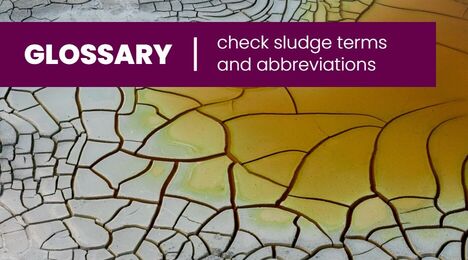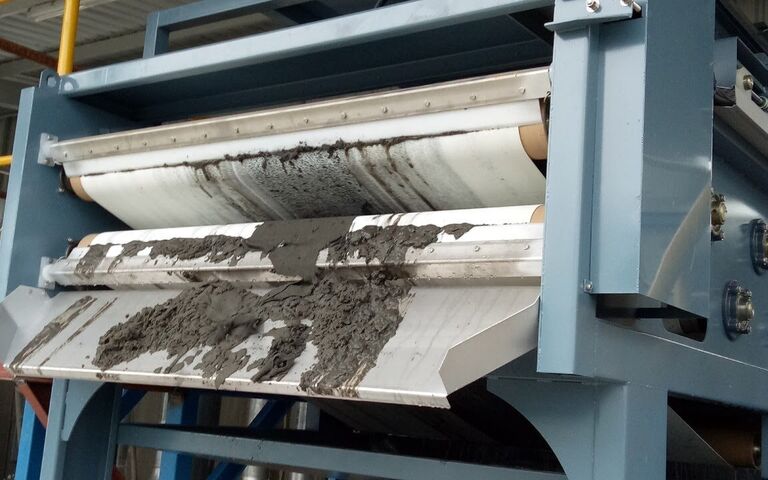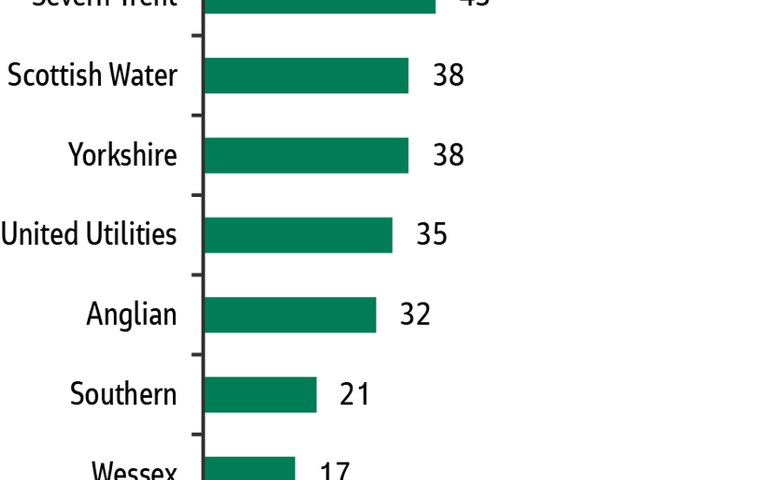What are biosolids?

Biosolids are the concentrated, stabilised solids product generated from the treatment of sewage sludge.
During wastewater treatment, the liquids are separated from the solids. Those solids are then treated physically and chemically to produce a semisolid, nutrient-rich product known as 'biosolids'.
The terms 'biosolids' and 'sewage sludge' are often used interchangeably. However, biosolids are usually considered to be the useful fraction of the sewage sludge. They are generally higher in solids concentration and lower in pathogen content, having passed though a stabilisation process such as drying, chemical dosing or digestion.
The biosolids may therefore refer to:
- the cake product from a dewatering operation
- dried sludge from a thermal dryer
- the digestate stream from anaerobic digestion.
Biosolid classes
There are different classes, categories or qualities of biosolids. These are defined and determined by legislation, and are linked to the end use or disposal of the biosolids and specifically to their use in applying to land. In most countries, biosolids for different types of land applications must meet different criteria in terms of their most onerous constituents, these most widely being considered as the pathogens and metals.
In the USA, biosolids − around 50% of which are disposed of to land − are categorised as 'Class A' and 'Class B'. The requirements for these two classes are defined under the national regulation 40 CFR Part 503, though there may be more stringent requirements or additional criteria imposed by individual states. The rate at which the pollutant can accumulate (the Cumulative Pollutant Loading Rate Limit in kg per hectare per yr) is also subject to regulation.
In the EU, there are limits for metals imposed by the EU Directive 86/278/EEC from 1986, which permits Member States to impose limiting concentration values either in the biosolids or the soil to which the biosolids is put. All EU countries have chosen to impose threshold values for the biosolids.





